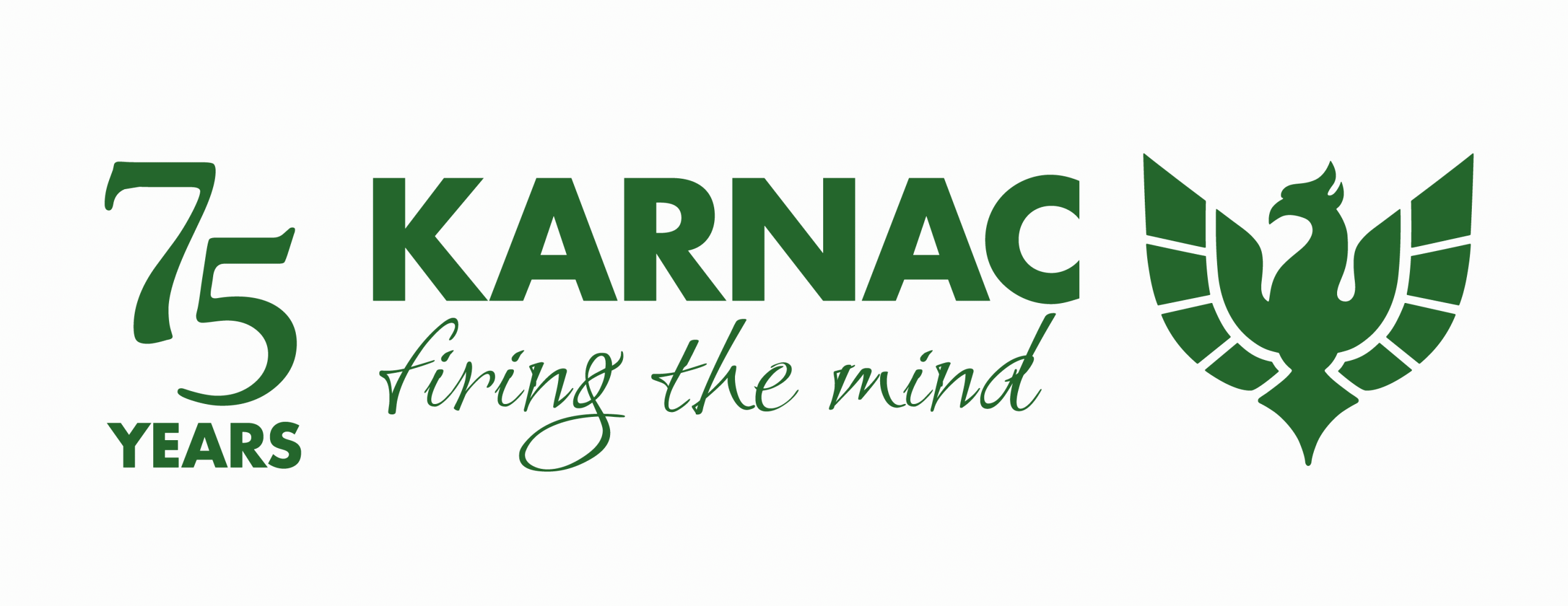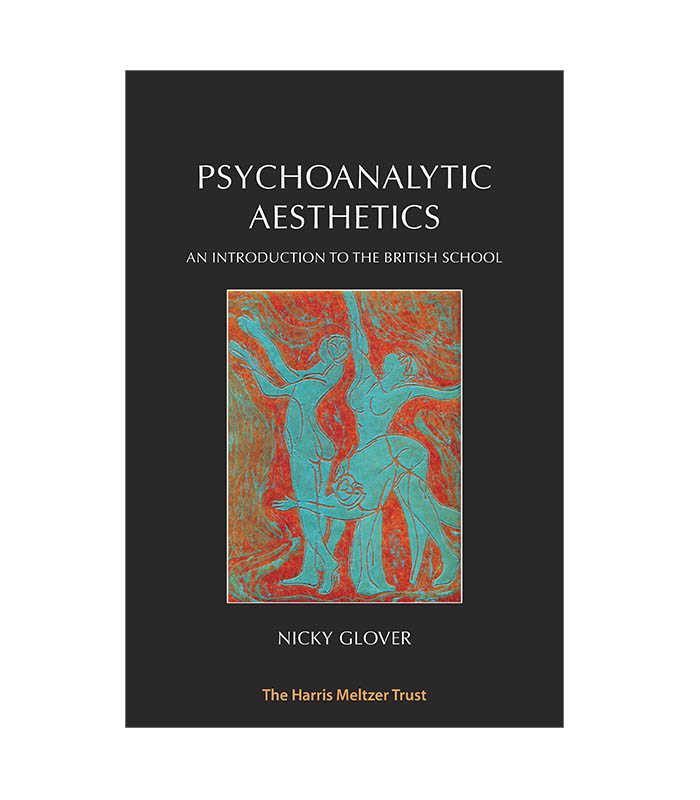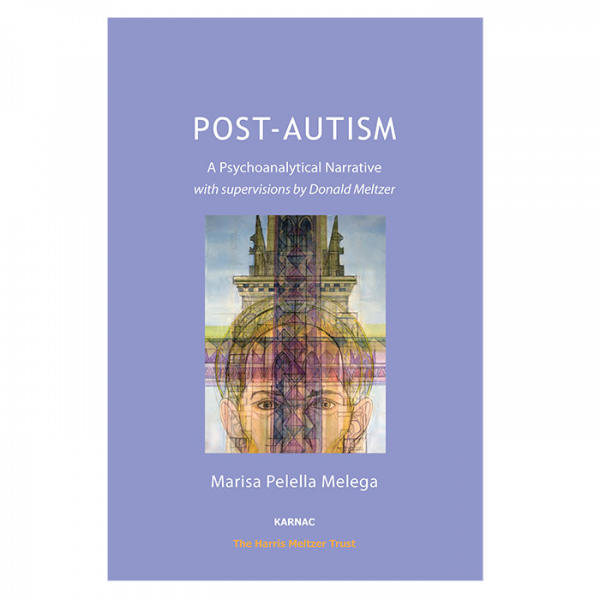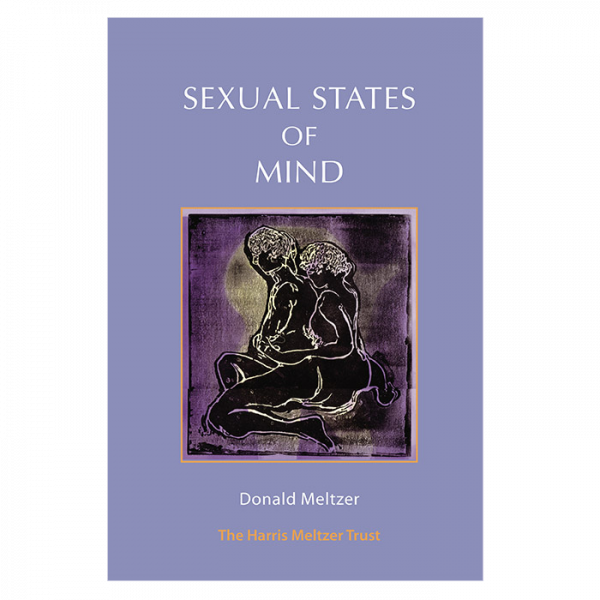Psychoanalytic Aesthetics rethinks the classical account of the relation between art and madness, creativity and psychoneurosis, and the distinction between the primary and secondary processes. It covers a great deal of ground and reviews many psychoanalytic writers (predominantly of the British tradition) on aesthetics, as well as many of the aestheticians using a psychoanalytic background. More than this, the book is also a work of psychoanalytic scholarship, being a masterly overview of psychoanalytic schools of thought, and an in-depth study of the British object-relations schools. It amply achieves its overriding goal to demonstrate that the work of the British School presents a significant contribution to psychoanalytic aesthetics and criticism, updating Freud, Kris and the classical contributions to the field. It is therefore potentially a very useful source book for future scholars of both psychoanalysis and of aesthetics.





Robert D. Hinshelwood, Psychoanalyst and Professor, Centre for Psychoanalytic Studies, University of Essex –
‘This is a book to which the attention of students of art theory and criticism, and all those interested in the important application of psychoanalysis to other fields of study, should be drawn. “Psychoanalytic Aesthetics” rethinks the classical account of the relation between art and madness, creativity and psychoneurosis, and the distinction between the primary and secondary processes. It covers a great deal of ground and reviews many psychoanalytic writers (predominantly of the British tradition) on aesthetics, as well as many of the aestheticians using a psychoanalytic background. It is well written and there is an impressive grasp of the many writers covered. More than this, the book is also a work of psychoanalytic scholarship, being a masterly overview of psychoanalytic schools of thought, and an in-depth study of the British object-relations schools. It amply achieves its overriding goal to demonstrate that the work of the British School presents a significant contribution to psychoanalytic aesthetics and criticism, updating Freud, Kris and the classical contributions to the field. It is therefore potentially a very useful source book for future scholars of both psychoanalysis and of aesthetics.’
Neil Maizels, psychoanalytic psychotherapist, Melbourne, Australia –
‘The quiet, meditative tone of the book invokes far more than the intellectual sum of its theoretical parts … with a poetic method of economy and distillation, Glover enables the reader to hold similar-but-different perspectives at once. She builds a new scaffolding, to reveal enormous complexity, cross-angulation and cross-fertilization among British theory building.’